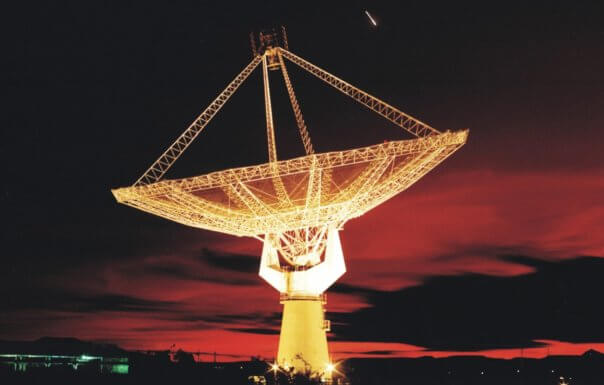Receiving a radio signal from a galaxy 9 billion light-years away

Scientists picked up a radio signal from a galaxy about 9 billion light-years from Earth. Where researchers in Canada and India were able to capture a signal from the galaxy called "SDSSJ0826 + 5630" with the help of the giant telescope in India.
The radio wave could allow astronomers to go back in time and understand the early universe, which is thought to be about 13.7 billion years old. "It's the equivalent of looking back in time of 8.8 billion years," Arnab Chakraborty, a cosmologist and co-author of the study on the wave detection, told The Metro.

The signal was not sent by aliens but instead came from a star-forming galaxy that spewed out when the universe was only 4.9 billion years old. This is the first detection of a radio signal from such a huge distance.
"The galaxy emits different types of radio signals. Until now, it was only possible to pick up this signal from a nearby galaxy, and limit our knowledge to those galaxies closest to Earth," Chakraborty said.

The Royal Astronomical Society announced the groundbreaking discovery in its monthly notices. The detection of the wave was a particularly important discovery because the frequency was at a specific wavelength known as the "21 cm line". This is also known as the hydrogen line and is the spectral line of electromagnetic radiation with a frequency of 1420. Hydrogen spreads through space and can help in mapping galaxies. A 21 cm line is used to do this.
He wastelescopeThe giant in India is able to pick up the faint signal due to gravitational lensing. This is a naturally occurring phenomenon in which a signal from a distant object is amplified to help us peer into the early universe.
Another galaxy bent the emitted radio signal which then amplified the wave and let the telescope inIndiaby picking it up. The researchers used the detection to measure the galaxy's atomic mass content. Scientists have discovered that this particular galaxy, which is almost twice as massivestarsvisible to us from Earth.
Source: websites

